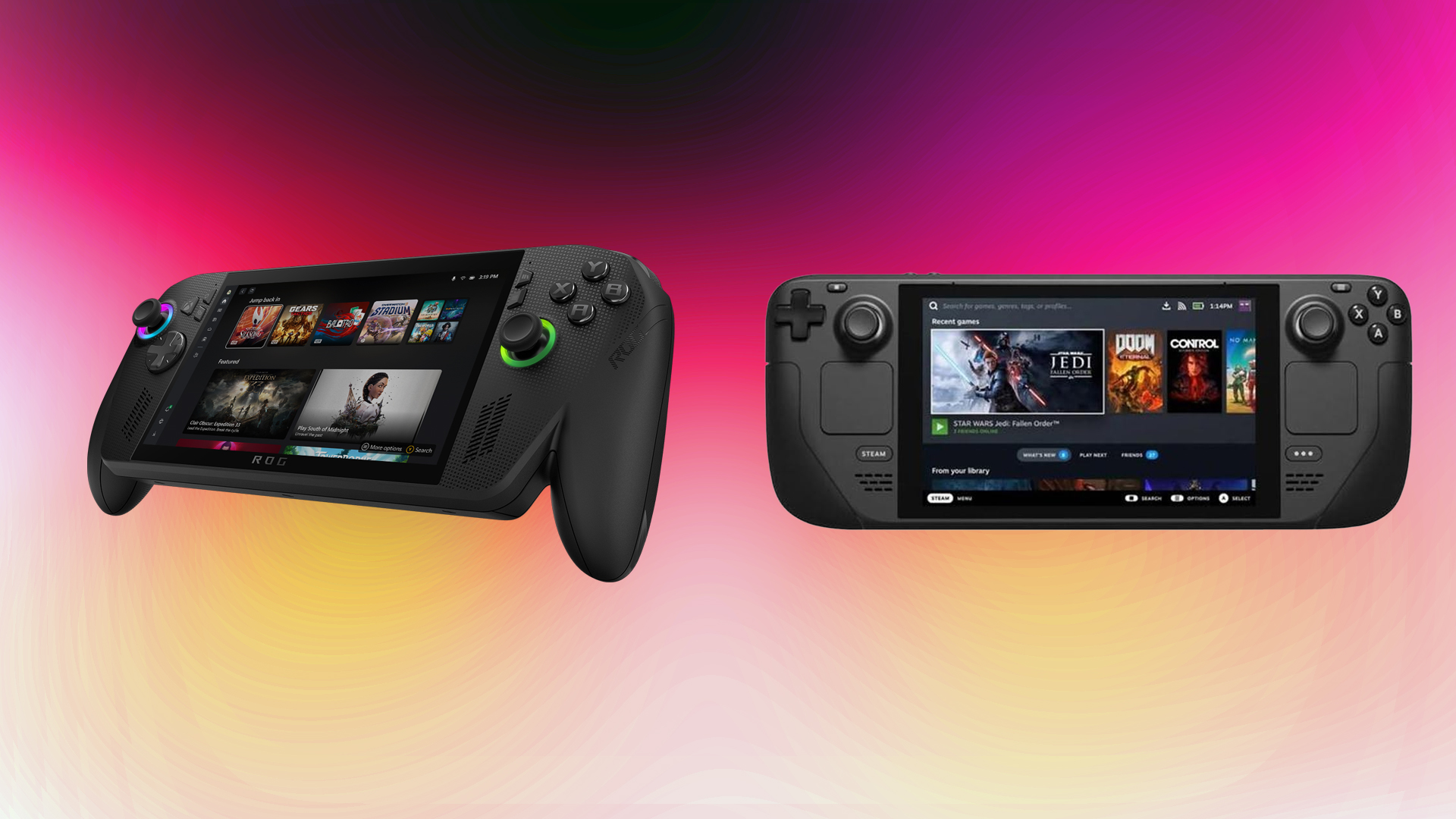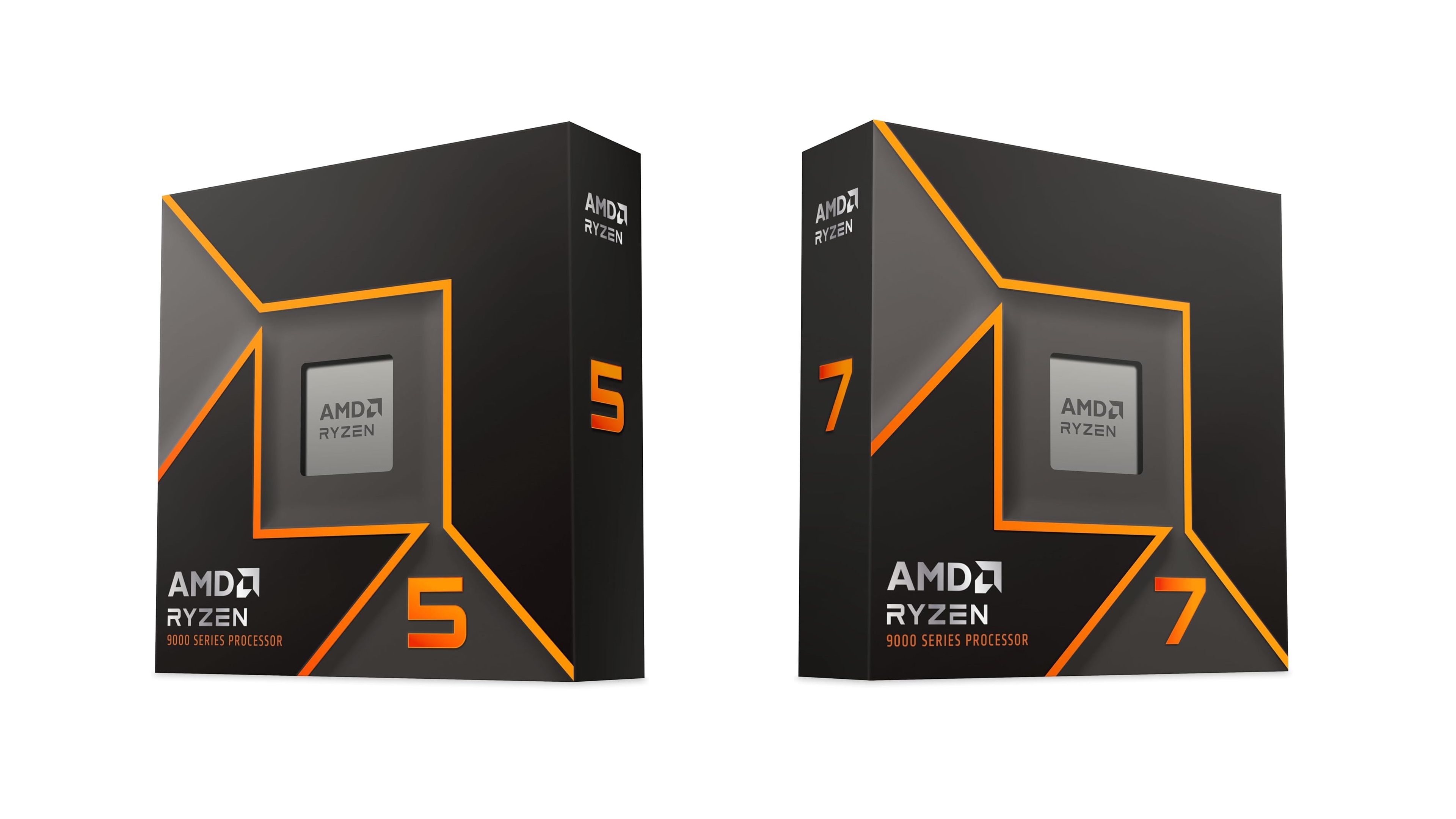Xbox Ally or Steam Deck OLED? With Xbox’s new handheld set for a holiday release, find out if the wait is worth it.

Microsoft recently unveiled two new handheld Xbox consoles for gamers: the Xbox Ally and the Xbox Ally X. From the initial overview, it appears that Microsoft is directly challenging Valve’s Steam OS. Microsoft has made numerous gaming changes in Windows 11 that these Xbox Ally consoles will use.
Both of these devices target PC gaming enthusiasts, but vary vastly in their approach to portable gaming. While you can buy a Steam Deck or the Steam Deck OLED right now, the real question is, should you wait for these new arrivals to hit the shelves? Let’s discuss.
Xbox Ally vs Steam Deck OLED: Availability and Pricing Reality

The Steam Deck OLED is available for purchase now at $549 for the 512GB model and $649 for the 1TB model. Meanwhile, Microsoft hasn’t revealed Xbox Ally pricing. However, it is scheduled to launch for the Holiday Season of 2025, suggesting a Christmas release. If you examine the current ROG Ally and ROG Ally X pricing, it’s speculative; however, the Xbox Ally may be priced around $600, and the Xbox Ally X may be priced around $899.
Hardware and Performance Differences
The Xbox All lineup offers two configurations. The standard Ally features a toned-down Ryzen Z2 A processor with a slower 16GB RAM at 6400 MT/s and 512GB of storage. The Ally X has much beefier specs, including the Ryzen AI Z2 Extreme processor with 24GB of RAM and 1TB of storage. Both models feature the same screen, a 7-inch 1080p display with a 120Hz FreeSync Premium-capable panel. The only difference is that the Standard Ally has been toned down to render at 720p only.
Subsequently, the Steam Deck OLED has a clear advantage in its OLED screen, featuring much punchier colors, deeper blacks, HDR support, 110% DCI-P3 color coverage, and a 90Hz refresh rate. Spec-wise, it matches the Z2 A processor from the Xbox Ally. However, it falls short of the Xbox Series X.
Software Experience Trade-offs
According to early visuals, the software offers an Xbox full-screen experience, essentially a toned-down version of Windows that makes PC gaming more appealing. What Microsoft probably did here is assign the Xbox development team to Windows and said, ‘Make this a gaming thing. This approach also has several benefits; you can install functional Windows apps while enjoying the benefits of Game Pass.
On the other hand, Steam OS, presumably, is the real player in this kind of innovation and remains the number one choice for handhelds. Valve’s immense competition and its near-flawless OS are likely the reason why Microsoft has decided to go this route.
The Verdict
Currently, if you need a handheld, the Steam Deck OLED is a great purchase. However, if you are planning to hold out shortly, say in a couple of months, it seems more reasonable. However, please note that the pricing is unknown; if the Ally launches with a price tag that suits your budget, then go for it. If not, you will likely find the Steam Deck OLED on sale. As for performance, the Z2 A1 on paper is somewhat disappointing, so if performance is one of your concerns, the Steam Deck will be a more mature alternative.
We provide the latest news and “How To’s” for Tech content. Meanwhile, you can check out the following articles related to PC GPUs, CPU and GPU comparisons, mobile phones, and more:
- 5 Best Air Coolers for CPUs in 2025
- ASUS TUF Gaming F16 Release Date, Specifications, Price, and More
- iPhone 16e vs iPhone SE (3rd Gen): Which One To Buy in 2025?
- Powerbeats Pro 2 vs AirPods Pro 2: Which One To Get in 2025
- RTX 5070 Ti vs. RTX 4070 Super: Specs, Price and More Compared
- Windows 11: How To Disable Lock Screen Widgets
 Reddit
Reddit
 Email
Email


